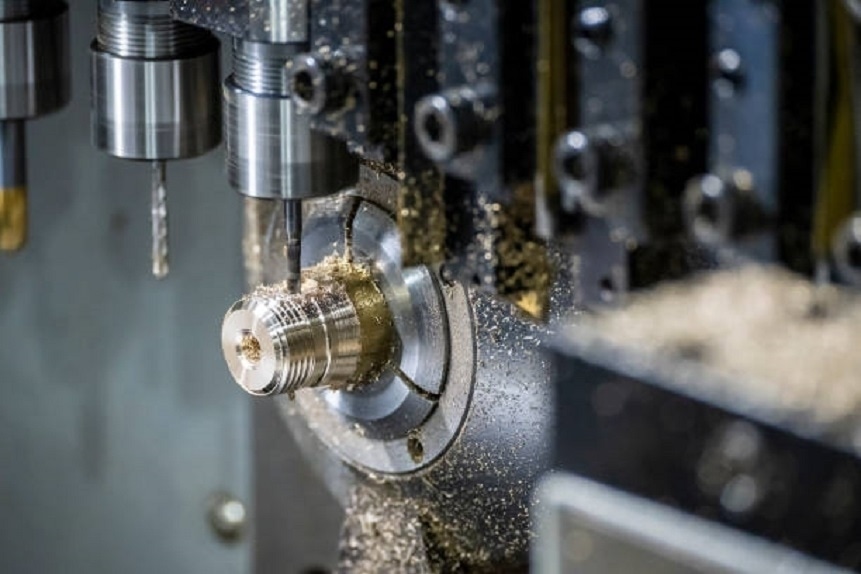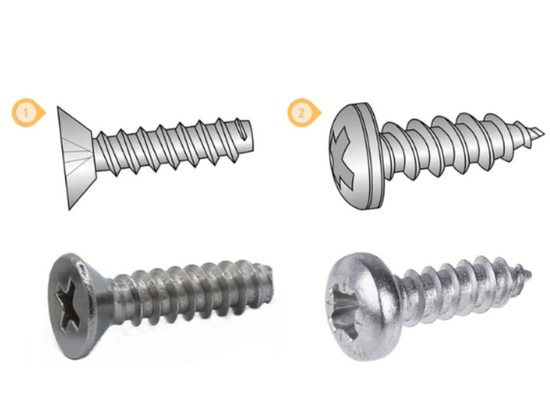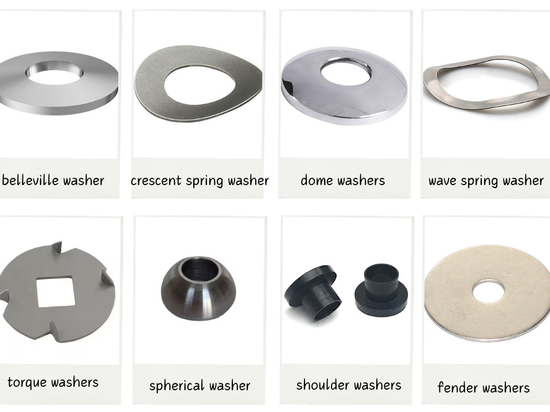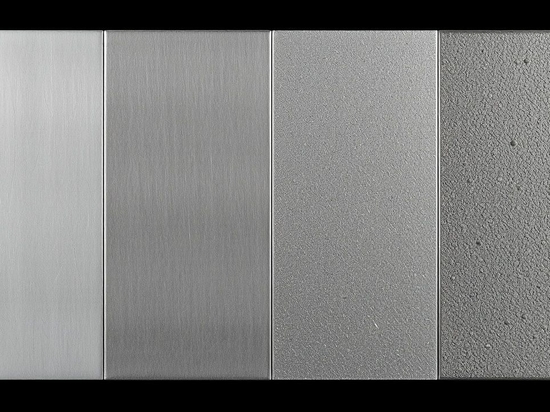
#Industry News
Thread Forming
10 Types Of Thread Forming Methods
Thread forming refers to the process of forming threads on the surface of a workpiece. This processing method is usually used to manufacture bolts, nuts, screws and other parts, as well as pipe fittings, bearings and other workpieces that require threaded connections.
1. Thread turning is a processing method that uses the cutting tool on a lathe to move along the axis of the workpiece to form threads. A thread cutting tool is installed on the lathe. The tool rotates while moving along the axis of the workpiece to perform radial cutting to form threads. Suitable for external thread processing, often used in the production of straight threads, such as threaded bearings, bolts, etc.
2. Thread milling is a processing method that uses a thread milling cutter on a milling machine to cut along the surface of the workpiece to form threads. Usually the workpiece only needs to be rotated 1.25 to 1.5 times to complete the processing, and the productivity is high.
3. Thread grinding is a processing method that uses grinding tools to cut threads on the surface of the workpiece. By rotating the grinding tool and workpiece, the grinding force gradually removes material from the workpiece surface, forming threads.
4. Tapping is a method of processing internal threads. It uses a tap tool to pre-drill a hole on the workpiece, and then screw the tap into the pre-drilled hole with a certain torque to form an internal thread.
5. Thread broaching is an efficient and high-precision thread processing method that combines the characteristics of turning and tapping. Its tool is similar to a tap, but more complex, with spiral cutting edges and chip flutes.
6. Thread rolling is a processing method that uses rolling wheels or rollers to form threads on the surface of the workpiece.
7. Flat die thread rolling usually consists of two flat die thread rolling plates with threaded teeth. They are arranged opposite each other, staggered by half a pitch. One part is fixed, while the other part is movable and can move back and forth along a line parallel to the fixed part.
8. Casting threads. During the casting process, special molds or core boxes can be used to form threads directly on the castings.
9. 3D printing threads, using 3D printing technology, stack materials layer by layer on the surface of the part to directly print the thread structure.
10. Blow molding threads use molds to directly form thread structures on the surface of plastic products.




